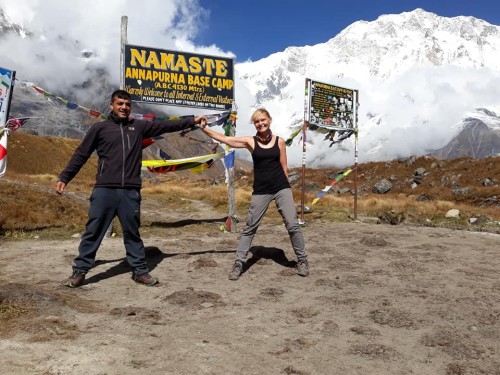How to Reach Everest Base Camp
17th Jul, 2020
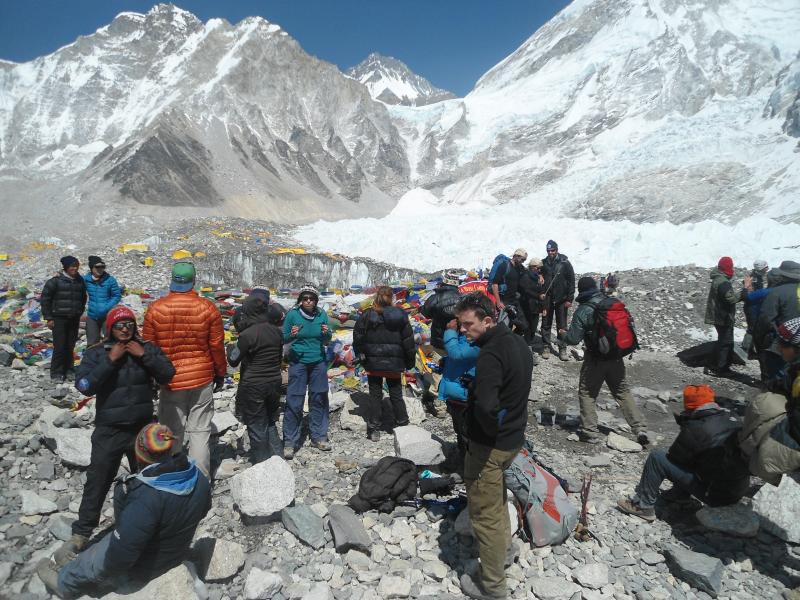
Learn how to reach Everest Base Camp with detailed trek routes from Lukla, Phaplu, or Jiri, step-by-step itineraries, and key highlights of the journey. This guide covers everything from transportation options, duration, and acclimatization tips to must-visit spots along the trail, helping you prepare for one of the world’s most iconic trekking adventures in the heart of the Himalayas at your preferred time and duration by choosing the most suitable route.
Table of Contents
Everest Base Camp lies at the foot of the tallest mountain in the world. It is situated at Latitude 28.0043 and Longitude 86.8557, according to GPS coordinates of Everest Base Camp, Nepal. It also marks the international border between Tibet (China) and Nepal. Everest Base Camp is the most popular trekking destination in the Himalayas. There are two base camps of Everest: the North Base Camp in Tibet and the South Base Camp in Nepal. The South Base Camp is the one most frequently used by thousands of climbers and trekkers every year.
Many travelers dream of completing the Everest Base Camp Trek and are curious about how to reach Everest Base Camp. The good news is that there are several ways to get there from Kathmandu, the capital city of Nepal. Below are the different options available for reaching Everest Base Camp.
Flight to Lukla to Reach Everest Base Camp
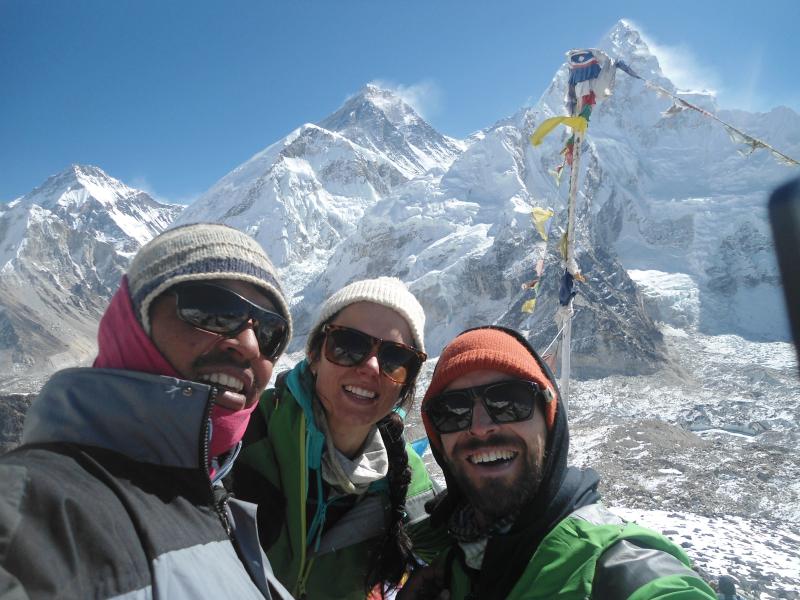 The flight to Lukla from Kathmandu or Ramechhap is the most common and quickest route to reach Everest Base Camp. Most trekkers fly to Lukla and then begin their trek toward the base camp. During the peak trekking seasons, from mid-September to mid-November and mid-March to mid-May, all flights operate from Ramechhap. For the rest of the year, flights operate directly from Kathmandu.
The flight to Lukla from Kathmandu or Ramechhap is the most common and quickest route to reach Everest Base Camp. Most trekkers fly to Lukla and then begin their trek toward the base camp. During the peak trekking seasons, from mid-September to mid-November and mid-March to mid-May, all flights operate from Ramechhap. For the rest of the year, flights operate directly from Kathmandu.
Currently, three airlines operate daily flights to Lukla in good weather conditions, with a flight time of just 25 to 30 minutes. From Lukla, it takes a couple of days to reach Namche Bazaar, the “Sherpa Capital of Nepal,” passing through Phakding and Monjo villages. Since Namche sits at 3,440 meters, it is essential to spend at least one day here for acclimatization.
After Namche, it takes about five more trekking days, including another acclimatization day at Dingboche, to reach Everest Base Camp. Along the trail, there are plenty of lodges and teahouses offering basic accommodations.
The Lukla to Everest Base Camp trek is one of the most popular and iconic trekking routes in the world. It offers panoramic mountain views, including Mount Everest, as well as opportunities to experience Sherpa culture, monasteries, stupas, alpine forests, glaciers, high-altitude lakes, and diverse Himalayan wildlife.
Here's a general outline itinerary of the Trail:
Kathmandu to Lukla: Fly from Kathmandu to Lukla. Flights are operated by several airlines and take around 30-40 minutes, offering scenic views of the Himalayas.
Trek to Phakding: From Lukla, trek to Phakding, which takes about 3-4 hours. The trail descends through forests and crosses several suspension bridges over the Dudh Koshi River.
Trek to Namche Bazaar: The next day, trek to Namche Bazaar, the gateway to the Everest region, which takes about 5-6 hours. The trail offers stunning views of Everest and other peaks.
Acclimatization in Namche Bazaar: Spend a day in Namche Bazaar for acclimatization. You can explore the town and visit the local markets and museums.
Trek to Tengboche: Trek from Namche Bazaar to Tengboche, which takes about 5-6 hours. Visit the famous Tengboche Monastery and enjoy panoramic views of Everest, Lhotse, and Ama Dablam.
Trek to Dingboche: Continue trekking to Dingboche, which takes about 5-6 hours. The trail offers stunning views of the Himalayas and passes through beautiful landscapes.
Acclimatization in Dingboche: Spend a day in Dingboche for acclimatization. You can take short hikes around the area to help your body adjust to the altitude.
Trek to Lobuche: Trek from Dingboche to Lobuche, which takes about 5-6 hours. The trail climbs steadily, offering views of the Khumbu Glacier and surrounding peaks.
Trek to Gorak Shep and Everest Base Camp: Trek from Lobuche to Gorak Shep, and then to Everest Base Camp. The trek takes about 7-8 hours round trip. Explore Everest Base Camp and soak in the breathtaking views of the surrounding mountains.
Hike to Kala Patthar: Optionally, hike to Kala Patthar for a stunning sunrise view of Everest and the surrounding peaks.
Return to Lukla: Trek back to Lukla following the same trail, enjoying the views one last time before flying back to Kathmandu.
Flight to Lukla to Reach Everest Base Camp – Cost
The flight to Lukla is the most common and convenient starting point for the Everest Base Camp Trek. The total cost of completing the trek typically ranges between USD 1,250 and USD 2,500 per person for groups or a minimum of two people. The cost can vary significantly depending on several key factors, including group size, the level of comfort you prefer for meals and accommodations, whether you hire a licensed guide and porter, and your chosen mode of transportation to and from the trailhead.
This estimate usually covers all essential expenses such as transportation, accommodation, meals, guide and porter services, and the required permits for the trek. Budget-conscious trekkers who choose basic lodges and fewer extras generally fall on the lower end of the range, while those seeking added comfort—such as upgraded accommodations, private services, or flexibility for flight delays—can expect higher costs.
By understanding these cost components in advance, trekkers can plan their budget realistically and enjoy a smooth, safe, and memorable journey to the base of the world’s highest peak.
Drive to Phaplu and Trek to Everest Base Camp
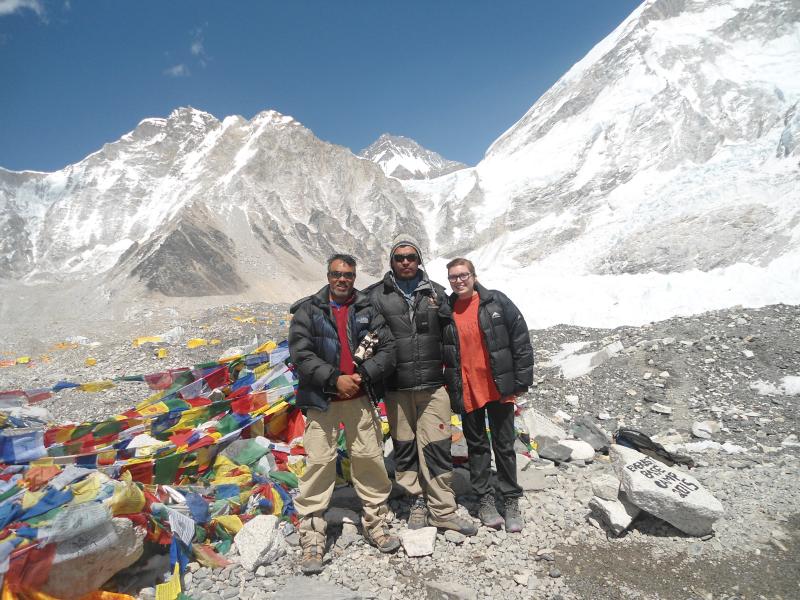
Driving to Phaplu and trekking to Everest Base Camp is an excellent alternative route to reach the base camp of Mount Everest without taking a Lukla flight. This option is about four days longer than the classic Lukla–Everest Base Camp route. The main advantages include avoiding frequent flight delays at Lukla Airport due to unpredictable weather, and skipping the landing at one of the most dangerous airports in the world. Along the way, you’ll find basic but comfortable accommodation, enjoy locally prepared meals with Sherpa families, and have more time to acclimatize gradually as you ascend. If you have previous trekking experience, this flexible route is one of the best alternatives for reaching Everest Base Camp.
The distance from Kathmandu to Salleri or Phaplu is around 280 km, and the drive takes about 9 hours by public bus. The journey itself is scenic, offering beautiful views of Nepal’s hilly landscapes. From Salleri to Lukla, the alternative trekking trails reward trekkers with panoramic Himalayan vistas and the chance to experience the authentic lifestyle and culture of the Sherpa and Rai communities. Local traditions, daily life, and cultural practices here are very different from what you’ll find along the more commercialized Everest trails.
Although this route was once less known and less crowded, it has become increasingly popular in recent years, with many trekkers now starting from Phaplu to avoid Lukla flights. The trek adds about five extra days to reach Lukla, passing through charming villages such as Nunthala, Kharikhola, and Paiya. Experienced trekkers may complete this section in under five days, but the extra time is actually an advantage for acclimatization before reaching Lukla and Namche Bazaar (both above 2,800 m).
We highly recommend this Phaplu to Everest Base Camp trek as one of the best alternative routes to reach EBC. On average, trekkers use a 17-day itinerary to complete this adventure, making it a rewarding journey for those who prefer a gradual approach with fewer risks and more cultural immersion.
Drive to Jiri and Trek to Everest Base Camp
The Drive to Jiri and Trek to Everest Base Camp is a traditional trekking route, ideal for those who have enough time and want to avoid the Lukla flight or the long drive to Phaplu. This route became popular in the 1950s when Sir Edmund Hillary and Tenzing Norgay Sherpa followed it during their historic Mount Everest Expedition.
The Jiri to Everest Base Camp trek is well-loved because it allows for excellent acclimatization while offering chances to explore alpine forests, glacial rivers, ethnic villages, Buddhist monasteries adorned with prayer flags, farmlands, and panoramic mountain views. The trek also involves a fair amount of uphill and downhill walking.
Since most glacier-fed rivers flow south from the mountains while the trekking route moves east, the trails naturally require frequent ascents and descents over ridges. The trek begins in Jiri (1,860 m) after a 7–8 hour drive from Kathmandu, followed by a 7-day walk to Lukla. Lukla then serves as the starting point of the classic Everest Base Camp trek.
A standard 21-day itinerary for the Jiri to Everest Base Camp trek has been carefully designed in consultation with professional guides to ensure proper acclimatization and a rewarding trekking experience.
Everest Base Camp Helicopter Tour

Everest Base Camp Helicopter Tour in Nepal is short and easy to get to Everest base camp for exploring as well as the best existing option to get Everest Base Camp and observe the close view of Everest with other Himalayan ranges. This EBC Helicopter Tour is best and appropriate for those who have not enough vacation time duration for trekking and want to observe the high mountain views. Besides that, it is good for family, elder’s peoples, children’s and physically disabled peoples. Helicopter tour is flying in the sky and offers you a breathtaking view of the Mountains, peaceful green valleys, and magnificent snow-capped peaks.
The EBC Helicopter tour starts from Kathmandu airport and ends in Kathmandu. The overall tour duration is 4-6 hours depending on weather. Helicopter will land on Everest View Hotel and Kalapathar to observe the 360 degree panoramic view of Mountains and you will fulfill your dream to be on Tallest Mountain of the world.
How hard is it to get to Everest Base Camp?
Reaching Everest Base Camp depends on various factors such as your fitness level, itinerary, mode of transportation, preparation, and experience with high-altitude trekking, as the journey presents challenges like altitude sickness due to the high terrain, with symptoms including headaches, dizziness, nausea, and shortness of breath, and requires physical endurance for long uphill hikes over rocky paths with steep ascents and descents, while daily walking can last several hours, and unpredictable mountain weather, especially at higher altitudes like Gorak Shep and the base camp itself, may delay flights to Lukla and cause nighttime temperatures to fall below freezing, demanding mental toughness to cope with physical strain and isolation, but with the right mindset, proper preparation including altitude training and suitable gear, and the ability to walk continuously for several days, to reached at the Everest Base Camp and that makes the trek is entirely achievable.
How much does it cost to reach Everest Base Camp?
In Nepal, many trekking agencies organize the Everest Base Camp Trek at varying prices, which means the cost of reaching Everest Base Camp can differ significantly. Therefore, there is no fixed price for hiking to Mt. Everest Base Camp. However, at High Pass Adventure, we offer a reasonable and competitive price for the Everest Base Camp Trek.
We provide a 12-day itinerary, and the cost depends on your group size and the types of tea houses you choose. On average, the cost ranges from USD 1,000 to USD 3,000 for a 12 to 17-day trek, and this is for a full package.
Please note that the package excludes personal expenses such as hot showers, WiFi, phone calls, electronic device charging, beverages, and personal shopping.
If you choose to organize the trek yourself, the overall cost will be quite similar. Basic accommodation typically costs USD 5–10 per person per night, and meals (breakfast, lunch, and dinner) range from USD 5–10 each. Additional costs include guide and porter salaries, their insurance, trekking permits, and round-trip flights between Kathmandu and Lukla (for both the guest and the guide).
Can anyone reach Everest Base Camp?
Most people, from children to the elderly, can reach Everest Base Camp with the right determination and preparation. Everyone needs to have basic fitness to be able to walk for several hours a day over nearly two weeks. Training with long hikes and carrying a light backpack before the trip helps a lot. The biggest challenge isn’t the distance—it’s the altitude. The trek reaches very high elevations, where oxygen levels are significantly lower than at sea level.
Acclimatization days, usually spent in places like Namche and Dingboche, are essential. Trekking at a slow and steady pace is important, so there's no need to rush. Moving slowly helps your body adjust, and most guided itineraries are designed to minimize the risk of altitude sickness. There will be tough days, cold nights, basic toilets, and limited comforts. But if you stay positive and keep going, most people make it. However, reaching Everest Base Camp is not possible for those who comes unprepared, people with serious heart or lung conditions, those who skip acclimatization or anyone not ready for the cold, altitude, and physical demands.
How do I get to Everest Base Camp from Nepal?
To reach the South Base Camp, also known as Nepal's Everest Base Camp, there are several trekking routes available. However, the most common route begins with a flight to Lukla, either from Kathmandu or Ramechhap. Most trekkers, including climbers heading for Mount Everest, follow this path. After landing in Lukla, the trek to Everest Base Camp begins.
The journey typically takes about eight days, passing through places like Phakding, Namche Bazaar, Tengboche, Dingboche, Lobuche, and Gorak Shep before finally arriving at Everest Base Camp. There are two essential acclimatization stops along the way—one in Namche and another in Dingboche.
The trail involves a lot of ascending and descending over rocky terrain before reaching the base camp. Yet, the journey to this iconic destination is just as thrilling as the destination itself. The trail offers stunning landscapes, breathtaking mountain views, glimpses of wildlife, and deep immersion in Buddhist culture.
Everest Base Camp Trek Difficulty
Everest Base Camp Trek is not an easy trek for those who have not trekking experience before this. It is a moderate and challenging level type of trekking route in the world because the walking distance is 5/7 hours a day on rough, slippery, narrow, rocky and sloppy with long ascent and descent in high altitude. This trek requires physical and mental strength and fitness to complete this EBC Trek. Everest Base Camp Trek starts from Lukla (2820 m); it is the lowest altitude of the trek and gets highest altitude Everest Base camp (5363 m) during the whole trek.
For the first time trekkers, it might be very difficult and challenging treks because high altitude increases very quickly so you will need an extra couple of days to acclimatize during the EBC Trek. If you have trekking experience, this Everest base camp Trek is moderate level but hiking to Kalapathar, Nagarkhang and Base camp are very difficult. Overall, Teahouse, resting place, acclimatization day, slow walk, and short easy steps will be helping you for your difficulty trekking to Everest Base camp.
It's important to note that the trek to Everest Base Camp is challenging and requires a good level of fitness and acclimatization to the high altitude. Proper preparation and a gradual ascent are key to a successful and enjoyable trek.
Are you interested on any of your travel serveices?
Make Inquiry NowRecent From Blog
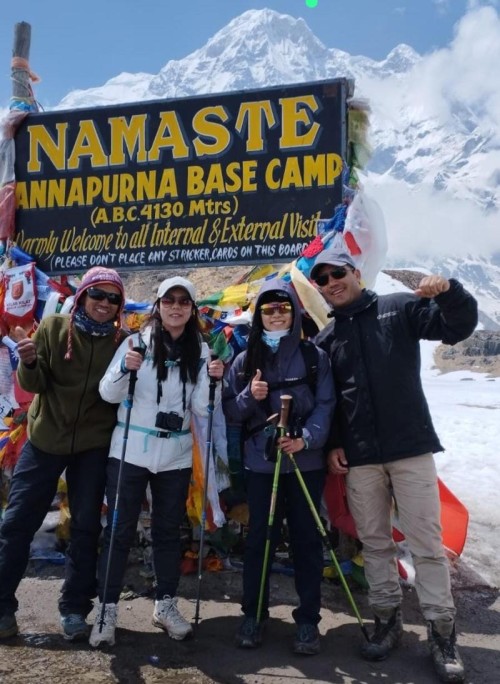
15th Jun, 2023
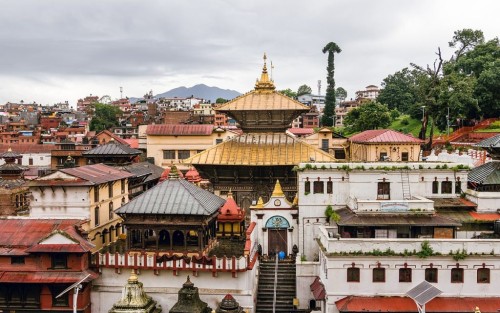
21st Feb, 2021
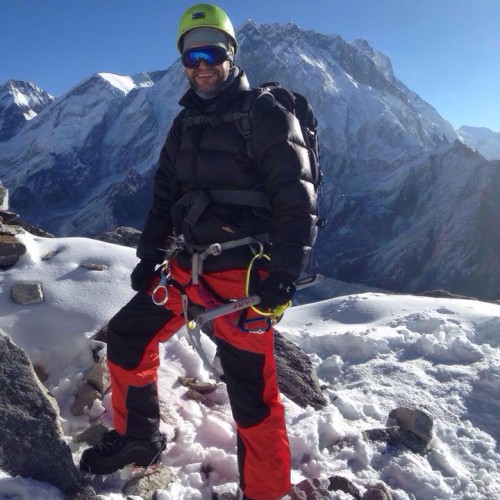
28th Feb, 2018
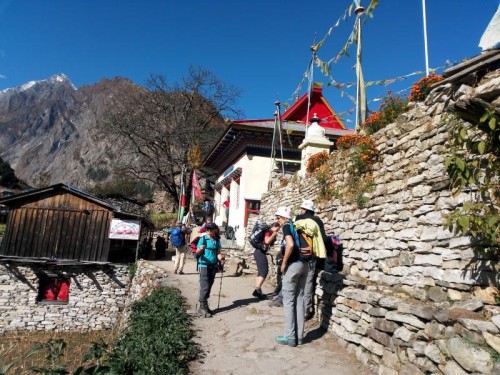
5th Sep, 2023

13th May, 2019
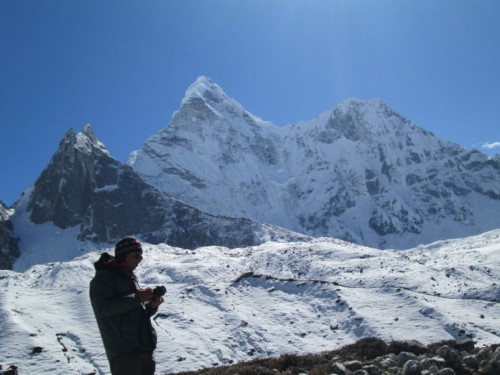
19th Feb, 2019

8th Feb, 2021
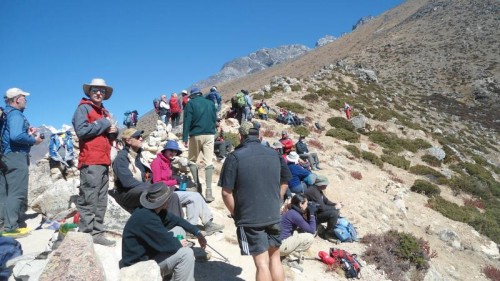
21st Jan, 2021
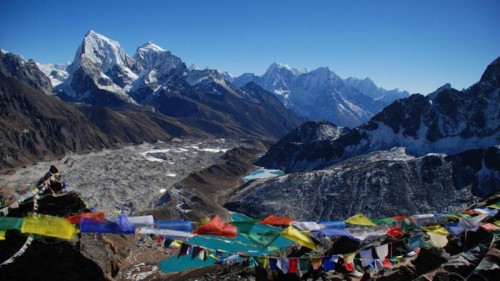
29th Jul, 2020
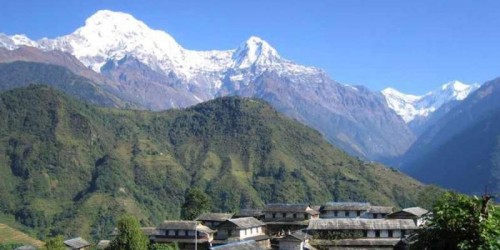
3rd May, 2019

30th Apr, 2020

3rd Apr, 2020

17th Jul, 2020
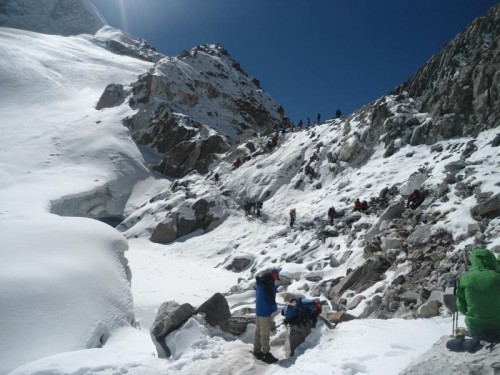
26th Mar, 2020
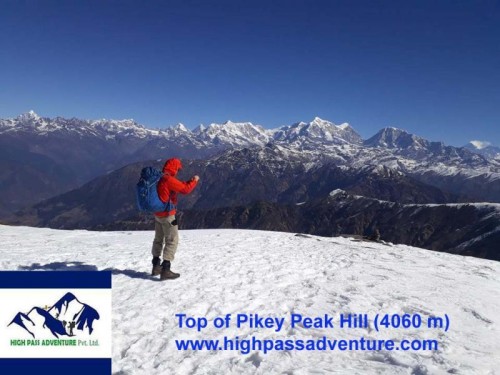
31st Mar, 2020

19th Jun, 2023
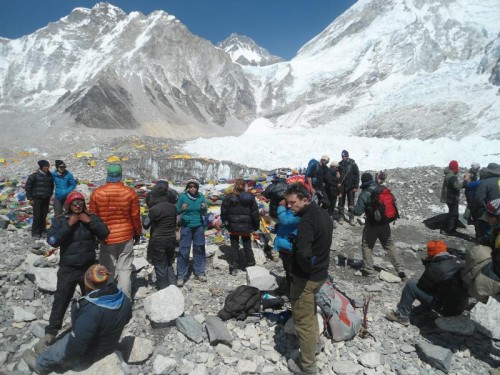
11th Feb, 2020
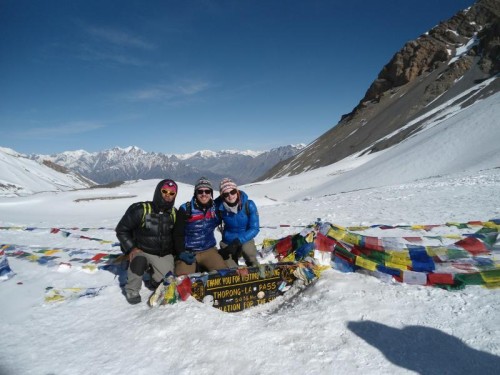
11th Mar, 2020
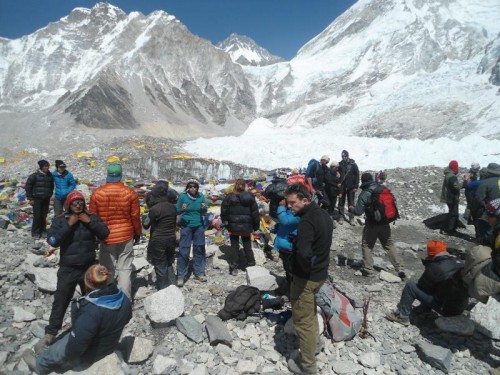
27th Sep, 2019
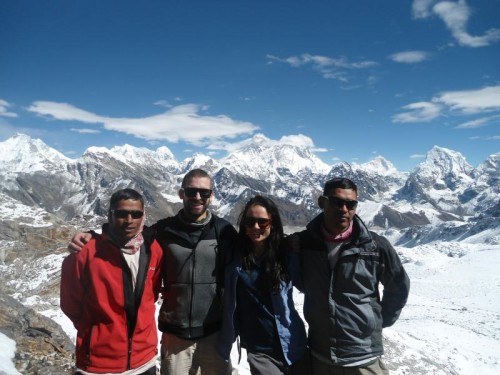
17th May, 2019
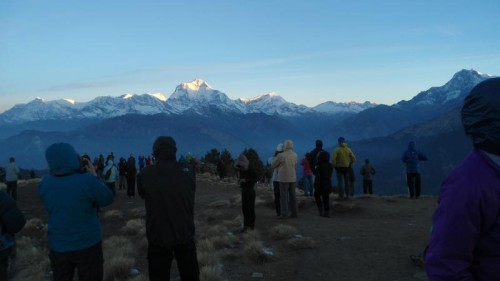
26th Jul, 2020

6th May, 2019
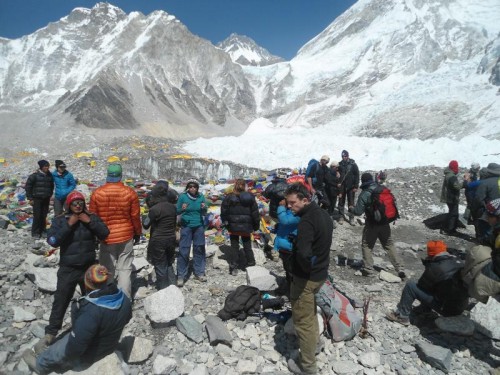
5th Mar, 2019
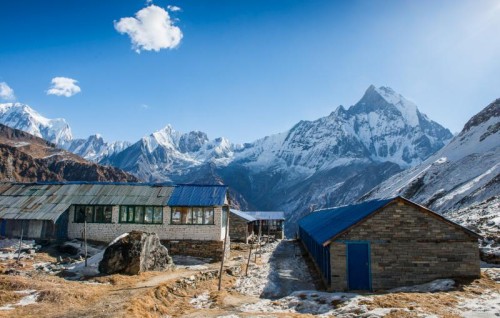
7th Mar, 2020
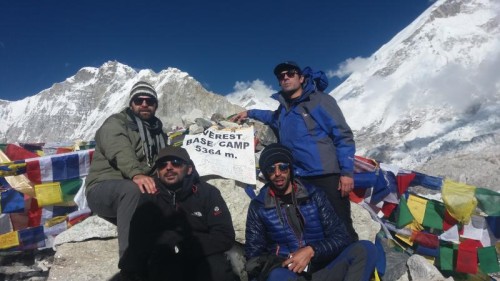
18th Feb, 2019
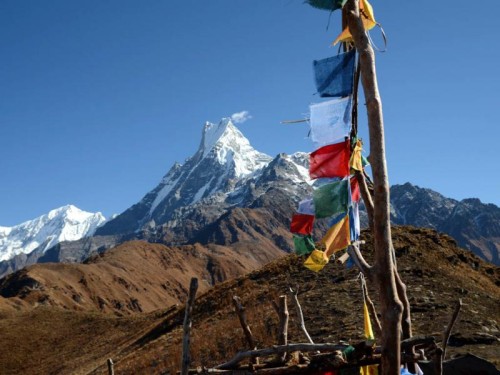
12th Sep, 2019

27th Mar, 2018
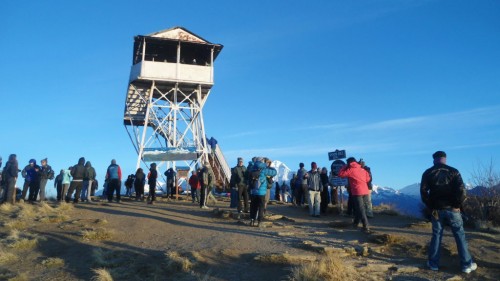
27th Mar, 2019
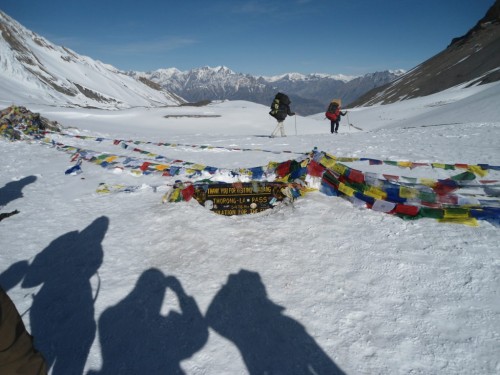
2nd Mar, 2019
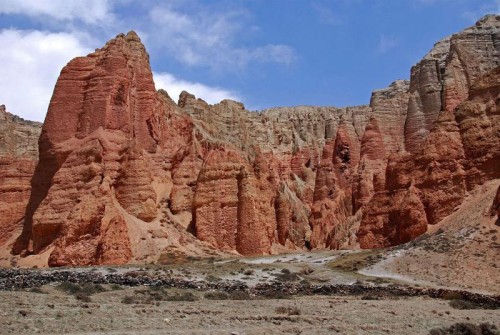
16th Jan, 2019

1st Jul, 2023
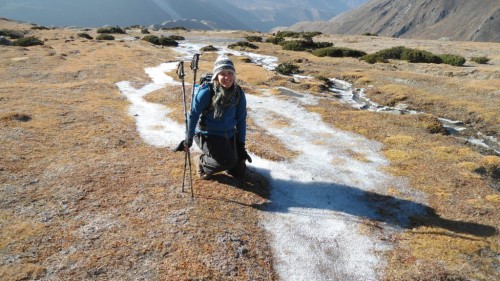
5th Jul, 2023

5th Jul, 2023

5th Jul, 2023

5th Jul, 2023
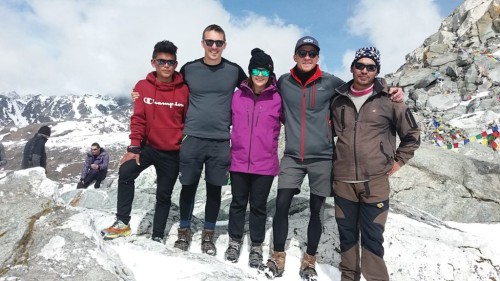
5th Dec, 2019
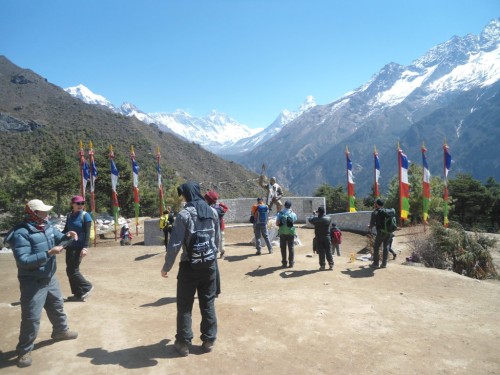
6th Jan, 2019
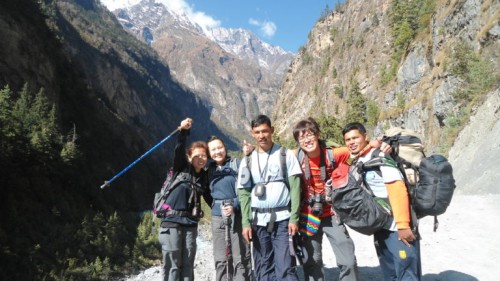
28th Feb, 2018
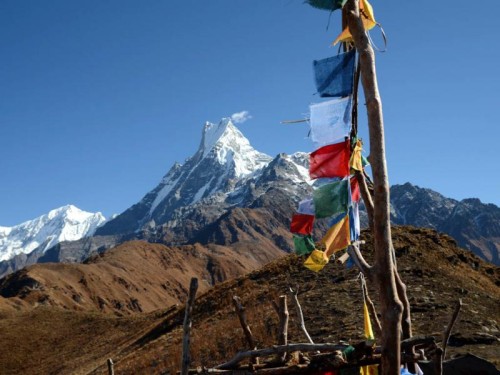
9th Dec, 2018
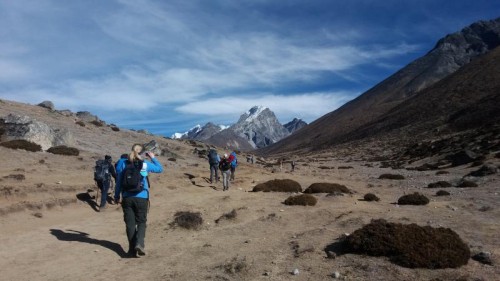
11th Dec, 2018

5th Oct, 2023

3rd Jan, 2024
.jpg)
27th Jan, 2024

29th Jan, 2024

19th Jan, 2025

7th Feb, 2025

17th Feb, 2025

9th Mar, 2025

15th Mar, 2025

18th Mar, 2025

23rd Mar, 2025

25th Mar, 2025

26th Mar, 2025

24th Apr, 2025

21st May, 2025

21st May, 2025

22nd Jun, 2025

22nd Jun, 2025
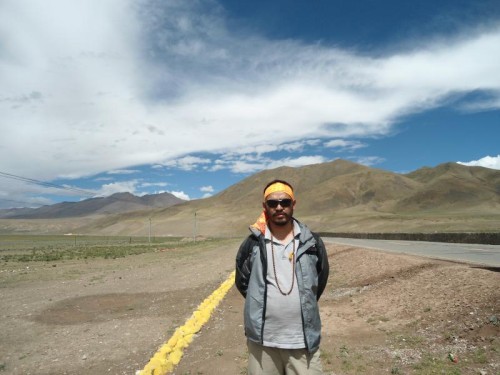
4th Jul, 2025

14th Jul, 2025

14th Sep, 2025



